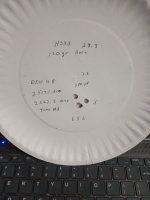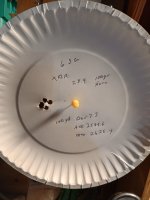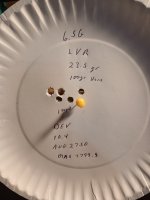Anytime a competent company in a certain field makes something and does so to the best of their ability in their minds, you always have to zoom out and look at the whole system to see what 2nd and 3rd order effects are resonating through it.
You can be the best barrel maker but might suck at profiling, chambering, and threading. Doesn’t take away from the fact that nobody can drill a straight hole through a pipe like you and cut or button beautiful rifling, with a sweet polishing of the bore that removes tooling marks.
You can make the most precisely-machined bolt carrier, but if it doesn’t articulate correctly with the bolt and gas rings, the gun won’t run right.
Same with bolts. Someone might really have a great process for the bolt, but then slaps on a questionable extractor, spring, and O-ring thinking those are good enough, but they aren’t.
It’s why I kinda wish high-end companies would just offer their parts so I can go through them myself and assemble to my specs.
You can be the best barrel maker but might suck at profiling, chambering, and threading. Doesn’t take away from the fact that nobody can drill a straight hole through a pipe like you and cut or button beautiful rifling, with a sweet polishing of the bore that removes tooling marks.
You can make the most precisely-machined bolt carrier, but if it doesn’t articulate correctly with the bolt and gas rings, the gun won’t run right.
Same with bolts. Someone might really have a great process for the bolt, but then slaps on a questionable extractor, spring, and O-ring thinking those are good enough, but they aren’t.
It’s why I kinda wish high-end companies would just offer their parts so I can go through them myself and assemble to my specs.







